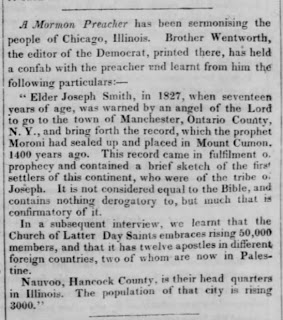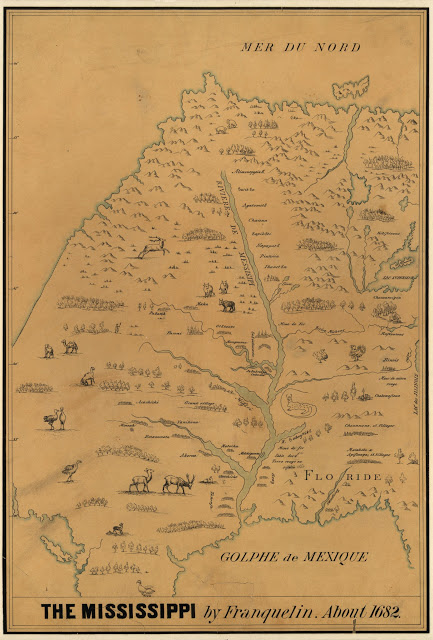The neutrality illusion
― Voltaire
In politics, business, science, and most other fields, whoever has the dominant position or theory likes the status quo just fine. When challenged, the dominant position or theory typically proposes some form of neutrality. For the dominant party, nothing could be better than an agreement on neutrality that preserves the status quo.
When viewed through the perspective of history, it is bizarre that the concept that Cumorah is in New York–and no place else–is now considered controversial or even heretical. In Joseph’s day, it was ubiquitous, published in 3 Church newspapers, included in Joseph’s own history, etc. In the lifetime of those who knew him, the New York Cumorah was universally accepted.
But starting with RLDS scholars in the 1920s, and over the objection of Joseph Fielding Smith, LDS scholars gradually reached a consensus that Cumorah is not in New York. This position, sometimes called the two-Cumorah theory, underlies the Mesoamerican theory.
The Mesoamerican theory is so well established that it shows up in the Hill Cumorah pageant, in the illustrations in the missionary and foreign language editions of the Book of Mormon, in the Joseph Smith Papers, and throughout the publications of LDS scholars and educators.
And the scholars want to keep the status quo.
It’s understandable.
But it’s not acceptable.
I’m going to make some announcements in the next week or so that might make this situation clearer for everyone involved.
In the meantime, I’m traveling and probably won’t have time to post.
So keep reading Letter VII and sharing it with as many people as you can.
🙂
Source: Book of Mormon Wars




